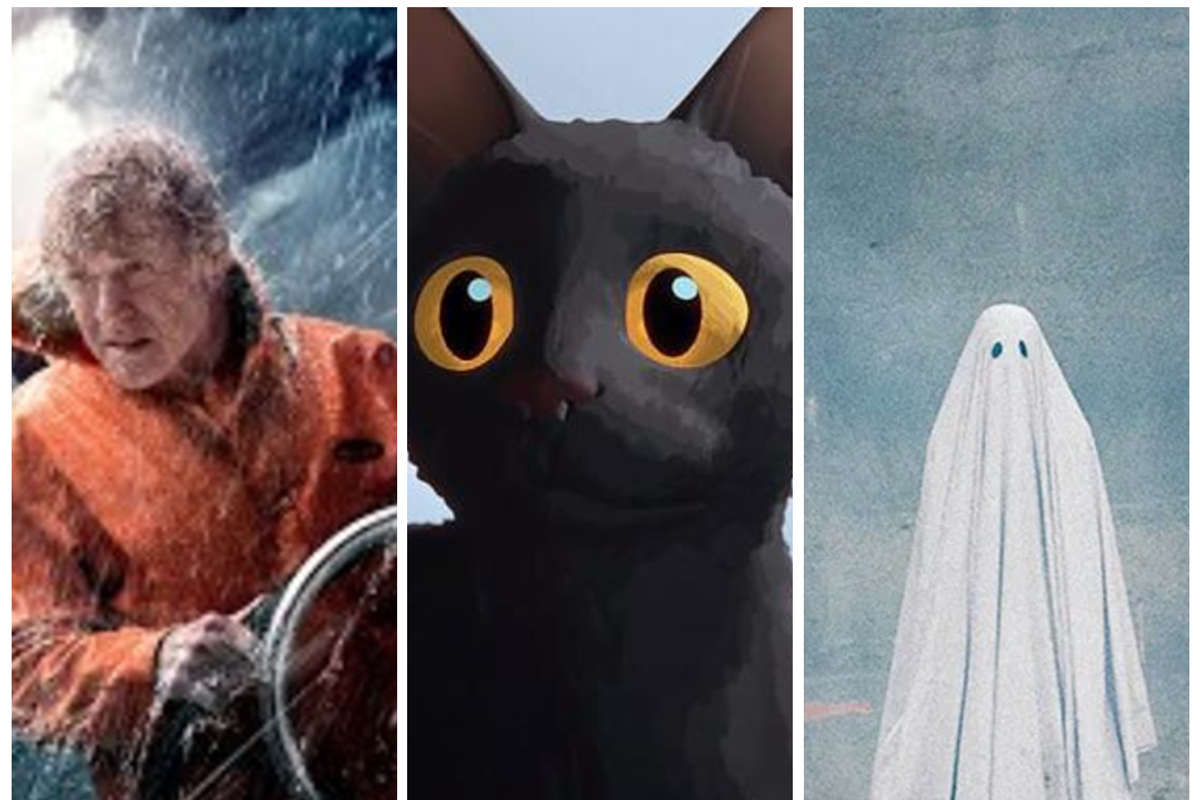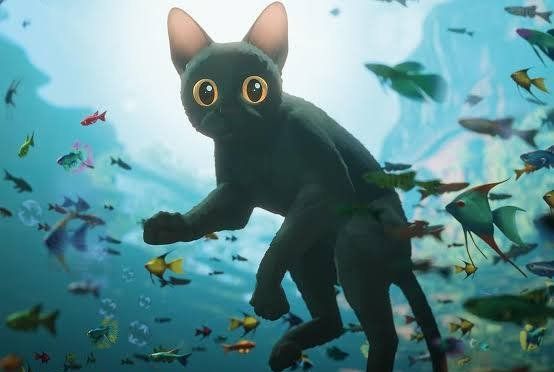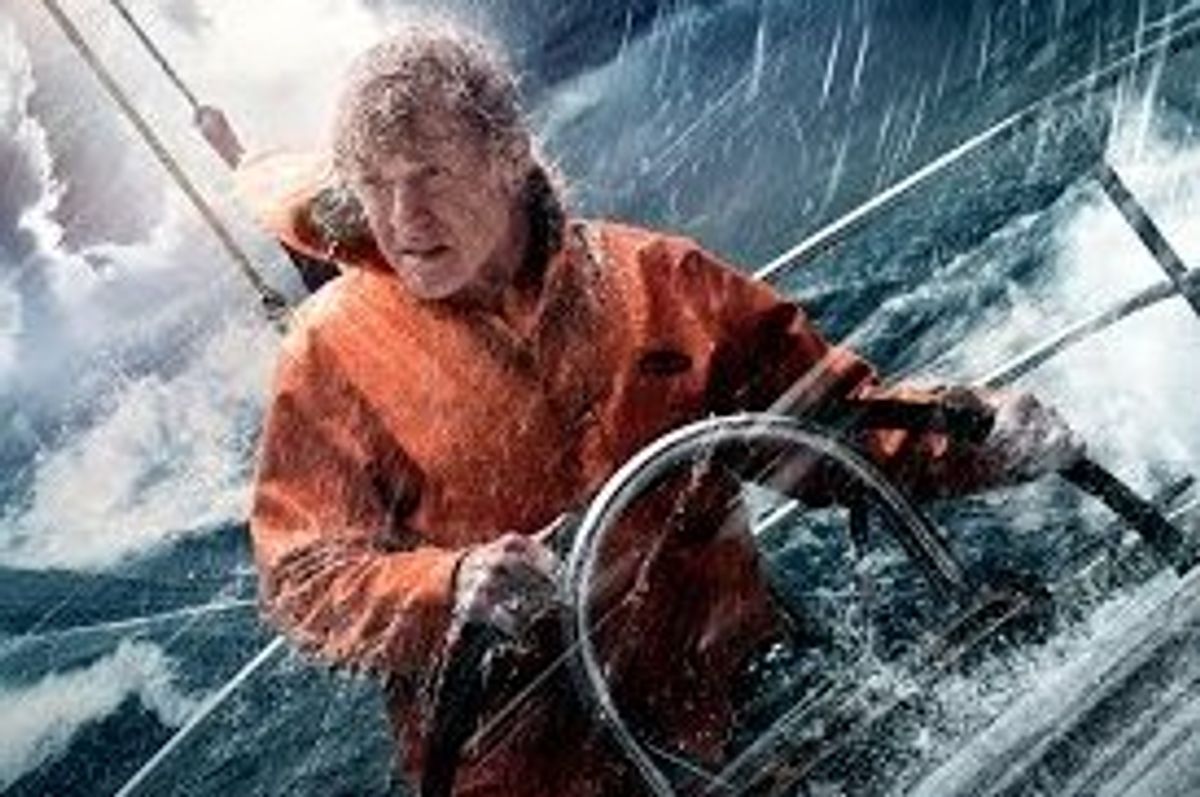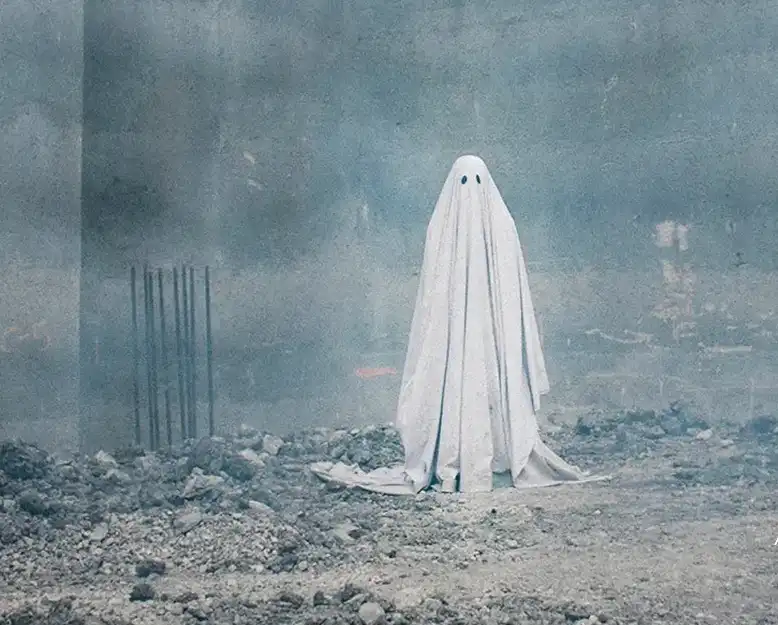5 modern silent films for when you just want 'no talking'
Silent films still have a magic all of their own.

Robert Redford in "All Is Lost," "Flow" and "Ghost Story"
Modern movies and TV shows are louder than ever. There was a time when a big explosion or a thunderous moment of dialogue truly captured our collective attention. Things have gotten so bad, entire generations of people young and old are turning to subtitles just to understand what people are saying. Those productions are meant to capture our attention span even if they don't always connect on a deeper level.
There's something truly special about the silent films of Hollywood's past. Watching filmmakers and actors discover and perfect their art form years before they even had sound effects led to some truly astounding feats that still impress today. But modern filmmakers have also occasionally turned to the silent, or mostly silent, format to great success in recent years. Yeah, it can be an adjustment. But sometimes a change of pace is just what we need. Here are five modern (mostly) silent films for when you need a break from all the explosions and subtitles!

ROBOT DREAMS
In 2007, writer/illustrator Sara Varon graced the world with a graphic novel called "Robot Dreams." As an artist, she is known to mostly invent characters who are "non-human" because she claims to be bad at drawing them. What luck for us! She also likes to craft the most unique friendships, with "Dog" and "Robot" being one of those unions.
Cut to 2023 when writer/director Pablo Berger's film adaptation premiered at Cannes. The plot? A lonely cartoon dog, who lives in Manhattan in the mid-80s, orders a robot after seeing it on a TV commercial. The two become fast friends, but trouble ensues when Robot gets lost.
A gentle music score, including the song "September" by Earth, Wind and Fire playing on repeat, helps even the most dramatic scenes feel calming and even kind of groovy. Themes of the film include friendship, love, loss and memories worth saving.

THE ARTIST
French filmmaker, Michel Hazanavicius, swung for the fences when he brought us the (mostly) non-dialogue driven, black-and-white movie The Artist in 2011. Who would have thought a film like this could win five Oscars, including Best Picture? And so well deserved! It also took home Academy Awards for Best Director, Best Leading Actor, Best Score and Best Costume Design.
An ode to the 1920s silent film stars, and their heartbreaking, and sometimes even comical journeys into a technological world that has moved on without them. (I know I can relate, I still have a satellite dish!) Silent film star Douglas Fairbanks is said to have been one of the inspirations for the film's leading character.
It stars an international cast of brilliant actors including Jean Dujardin, Bérénice Bejo, John Goodman, James Cromwell, Penelope Ann Miller and last but far from least, Uggie the dog as Jack! In fact, it's Jack who steals the show, with a fabulously choreographed dance number coming in at a close second.

FLOW
Let's move over to Latvia, where writer/director Gints Zilbalodis gorgeously directed and co-wrote the animated film Flow (alongside writer Matīss Kaža.) This wowed Cannes-goers in 2024 and has already garnered Best Animation awards, including a Golden Globe. (It has my vote for the upcoming Critics Choice Awards.)
What makes this film such a wonderful antidote to current stress-like conditions, is its simplicity and utter beauty. It's simply this: a black cat facing what is assumed to be a natural disaster (a flood) wanders around, attempting to survive. In its journey, it meets a slew of other animals (a yellow Labrador Retriever and a lemur to name a couple) and even though they're all on their own course to survival, they find that their paths continue to cross. There is no real commentary here. It's essentially a Zen-like reflection of life, death and all the beauty in-between.
- YouTubewww.youtube.com
What's most magnificent is the movie was actually created using Blender, a free and open-source computer graphics software program. Despite this bare-boned animation team, the film glows with light and originality. Zilbalodis, alongside Rihards Zaļupe, reportedly composed seven hours of music for the movie, of which nearly an hour was used. (The soundtrack can be streamed online.)

ALL IS LOST
With the exception of some brief voiceover work from Robert Redford, there is not only no dialogue in this film, there is only one actor. Written and directed by J.C. Chandor, All is Lost stars Redford as a man who is lost at sea. We follow his trials and tribulations, all the while begging the question - what would we do in a similar situation? Would we have the chops to survive? (Not sure I would. I can barely open a Snapple, let alone build a water distillation device.)
- YouTubewww.youtube.com
The music, as is so common for these type of films, is lovely. In this case, Alex Ebert (lead singer for the band Edward Sharpe and the Magnetic Zeroes) scored the soundtrack of which he claimed "wind, water, rain, sun, are the story's other characters.
No spoilers, but there are ambiguous moments (or at least one big one) where the audience can choose its meaning. Depending on the lens with which it's viewed, or perhaps the mood one is in when they see it, it can carry different meanings for different people. Such a deep and meaningful expression of what it means to maintain or lose hope and courage.

A GHOST STORY
This lesser-known film written/directed by David Lowery stars Casey Affleck and Rooney Mara. While it does have some talking, it's mostly a fever dream and a silent poem about death. I'll be honest, when I saw Lowery's decision for Affleck to wear the traditional "ghost uniform "of a white sheet with holes poked out, I was concerned. It turned out to be one the most haunting films I've ever seen and it has stuck with me to this day.
The characters are merely given initials, because what even ARE names when we're talking about million year soul-attachments? A Ghost Story became a darling at Sundance in 2017, with A24 distributing later that year.
It's not a movie meant to frighten people, but rather to inspire them to meditate on death and love. Both Affleck and Mara give subtle, yet heart-wrenching performances in the silent spaces between time. (That might appear to be a word-salad, but it will probably make sense once you've seen the film!)
- Someone accidentally started a 'silent book club' and introverts are giddy over the idea ›
- Finally, someone explains why we all need subtitles when watching TV ›
- 100 years later, Buster Keaton's legendary film stunts are absolutely jaw-dropping ›
- Mom is baffled why her Millennial and Gen Z kids refuse to watch TV without subtitles - Upworthy ›
- Robert Redford playfully mocked his late friend Paul Newman in this delightful resurfaced clip - Upworthy ›

